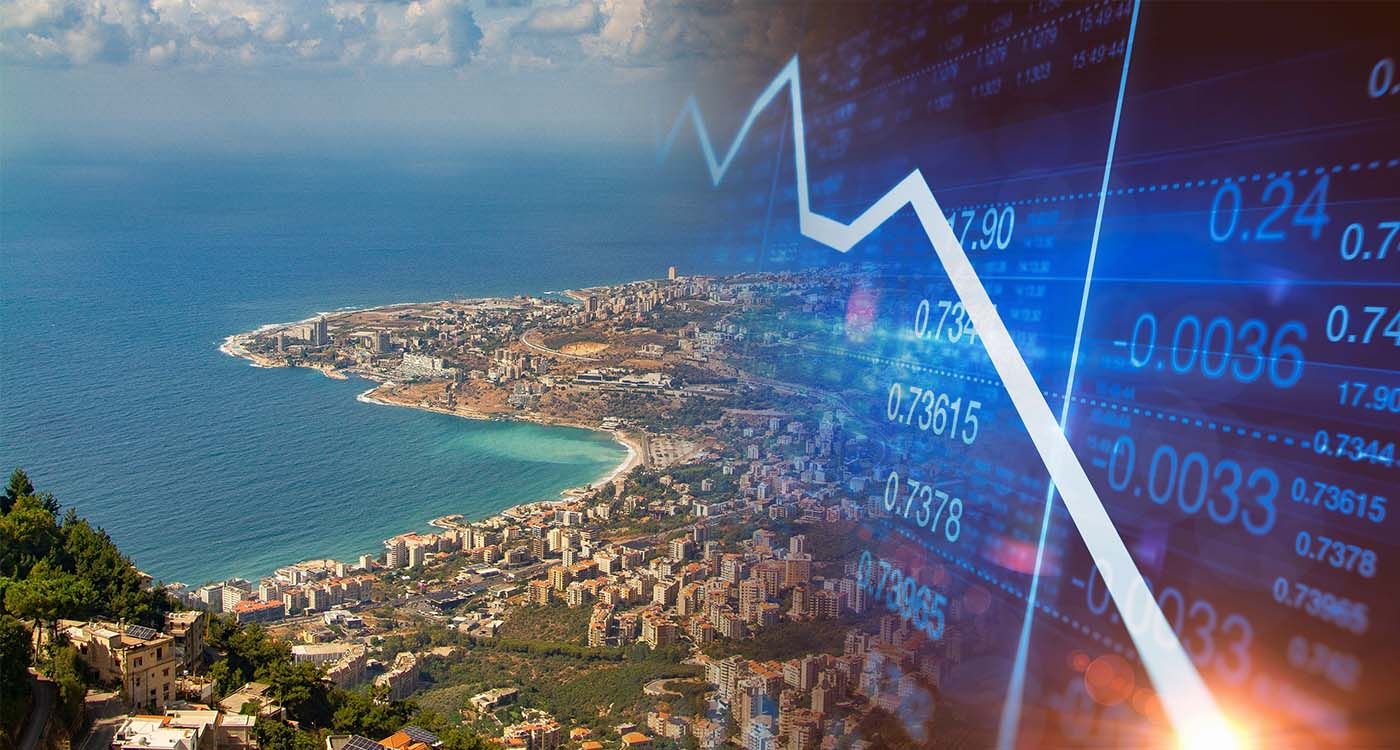
Once a symbol of the Middle East’s dolce vita, Lebanon is struggling to reclaim its golden age of tourism. Economic instability, deteriorating infrastructure and regional insecurity have kept visitors away. Yet amid these challenges, tentative signs suggest a possible revival.
In the 2010s, Lebanon ranked among the world’s top tourist destinations, celebrated for its festivals, crowded beaches, boutique hotels and award-winning cuisine. Tourism then accounted for nearly a fifth of GDP and was at the very heart of the economy.
Today, that postcard-perfect image has faded. Two years after a brief recovery, the sector remains fragile, battered by financial instability and security concerns. Yet amid collapse and resilience, Lebanese hospitality continues to shine.
A Sector in Freefall
According to the Ministry of Tourism, Lebanon welcomed just 1.13 million visitors in 2024, down from 1.66 million in 2023, a decline of 32.1%. One-third of tourists clearly chose other, more stable destinations. Before the 2019 crisis, the country attracted nearly 2 million visitors annually, representing around 19% of GDP. Today, that contribution has sharply fallen. The World Travel & Tourism Council (WTTC) reports that tourism accounted for only 5.5% of GDP in 2024, down from 6.6% in 2023.
The hospitality sector, once a cornerstone of the Lebanese economy, has also slowed. Many hotels and restaurants have only partially reopened, while others struggle to cover their expenses. Tourism revenues, estimated at 112.369 billion Lebanese pounds in 2023, have declined proportionally with the drop in visitor numbers, according to a 2025 report by the United Nations Development Programme.
Rankings in Decline
Regionally, Lebanon continues to lag. According to the World Economic Forum’s 2024 Travel & Tourism Development Index, it ranks eighth among Arab countries and 79th out of 119 globally. While the United Arab Emirates and Saudi Arabia attract millions of visitors through massive tourism investments, Lebanon still struggles to modernize its infrastructure and ensure site security.
Lebanon: Between Charm and Chaos
Yet despite these challenges, Lebanon retains its magnetic appeal. In 2025, the Ministry of Tourism reported some stabilization, with around 238,000 visitors arriving in the first quarter alone. Few places in the world offer the possibility of skiing in Faraya in the morning and dining by the sea in Byblos at night. The charm remains, but confidence has waned.
Reviving Lebanese tourism will require more than nostalgic slogans. Infrastructure must be upgraded, visitor security guaranteed and services modernized, alongside restoring international trust. The country still possesses major assets: exceptional heritage, legendary hospitality and a vibrant culture.
With the right reforms, Lebanon could once again reclaim its former glory.





Comments